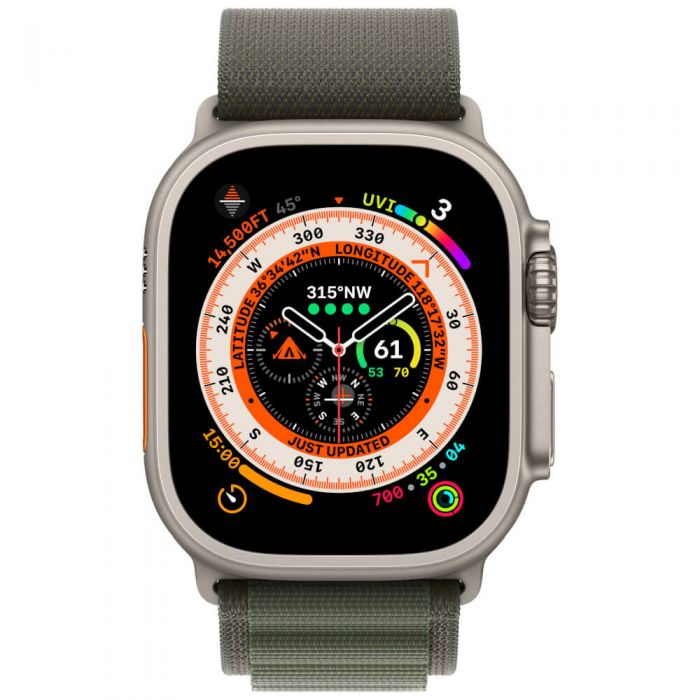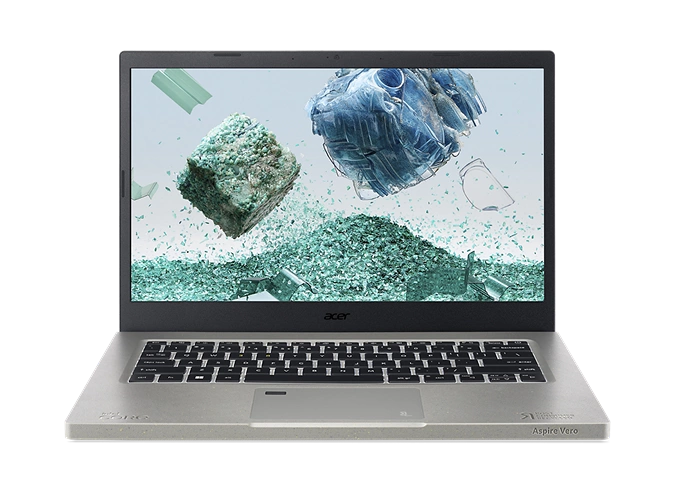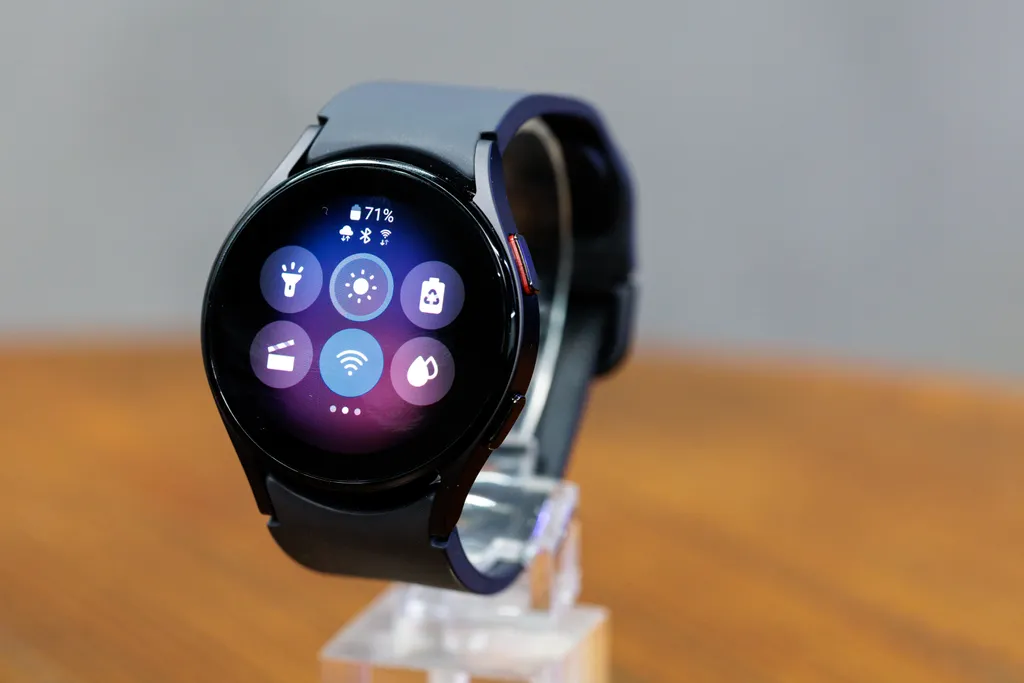While the Pixel 7 Pro comes up against the most expensive smartphones on the market, the Pixel 7 is more accessible. But accessible does not mean less good. After several days of testing, we completely fall for this model.
Like last year, Google chose to present its latest star smartphones in the last quarter. In 2022, the Pixel 7 and 7 Pro therefore play the stars, each with different arguments.
Technically very similar, they are however aimed at a different audience. As its name suggests, the Pixel 7 Pro is designed for professionals or, at the very least, for those who use their smartphone as a pocket computer.
The Pixel 7 on the other hand, is more modest. Sold less expensive, it targets the large category qualified in the jargon of “general public”. After the Pixel 7 Pro, the Pixel 7 passed through our hands for a few days. Here is the complete test of our favorite phone in 2022.
The Pixel 7 is available at a price of 499 USD in a 128 GB version. It is also available in a 256 GB version at a price of 599 USD. Three colors are available: Snow, Volcanic Black and Lime Green.
The Pixel 7’s direct competitors are the iPhone 14, Galaxy S22 and OPPO’s Find X5. The Google model is however offered at a much more attractive price since its rivals have all been launched at more than 800 or even 1000 USD.
Like every year, the “standard” Pixel shares a good part of the technical sheet of the “Pro” model. The Pixel 7 therefore embeds the same in-house Google Tensor G2 chip as its brother.
The level of performance is identical in all respects (even if the Pixel 7 has 8 GB of RAM against 12 GB for its brother), so we invite you to consult our test of the Pixel 7 Pro to learn more about it. Just remember that the performance of the Pixel 7 is up to what is expected of a high-end smartphone.
The main photo optics are also the same. The Pixel 7, on the other hand, lacks a telephoto lens and Macro mode.
Inevitably, the more compact size obliges to reduce the capacity of the battery which, we will see it below, does not affect the autonomy (on the contrary). However, we believe that the 6.3 ” screen size of the Pixel 7 is the perfect compromise between pleasant handling and reading comfort (we will come back to this).
Like that of the Pixel 7 Pro, the Pixel 7 panel is based on OLED technology . However, the refresh rate of the standard model is limited to 90 Hz (against 120 Hz for the Pro) and its performance is slightly lower (especially in terms of brightness).
Above all, the Pixel 7 is much more affordable than the Pixel 7 Pro. At 499 USD, it costs 250 USD less than its brother. It remains to be seen whether the technical sacrifices are acceptable for this price difference.
A little gem
While the Pixel 7 Pro plays in the (very) big class, the Pixel 7 will delight those for whom one-handed use is a criterion of choice. With its 6.3” screen diagonal, the Pixel 7 is not a small smartphone, but its dimensions undoubtedly make it one of the most pleasant to use on a daily basis.
The combination of aluminum and glass (more than 80% recycled), its rounded lines, its curved edges and its flat screen contribute to the “cute” aspect of this smartphone of another kind.
Because Google doesn’t care about conventions. While most brands launch models with agreed aesthetics, the American breaks the codes with one of the most original designs on the market.
All its rivals group the photo modules in the upper left corner of the device? Google positions a wide strip grouping the optics on a line. Do all manufacturers opt for plain colours? Google prefers two-tone. Whether we like it or not, we have to salute the audacity of the brand.
So don’t be fooled by its price, the Pixel 7 is a high-end smartphone. Heavy enough to seem robust, it remains light enough to be handled with ease. We would almost regret that Google did not adopt a similar format for the Pixel 7 Pro.
The format of the Pixel 7 is so pleasant that we would have liked to see it equipped with certain advantages of its big brother. Starting with its screen, whose refresh rate is limited to 90 Hz and the definition to Full HD +. We quibble? Yes, we admit it. Because it is true that we do not remember having tested a smartphone at this price (the day of its release) as well equipped.
As you will have understood from reading these lines, the Pixel 7 caught our eye. As original as it is elegant, it is distinguished by its more compact format, which makes it one of the most pleasant models to use on a daily basis. A gem of technology.
Best of the photography?
Accustomed to focusing on photo processing algorithms, Google is pulling out all the stops on the hardware side this year. The good news is that the Pixel 7 has the same sensors as the Pixel 7 Pro, except for the telephoto lens. Thus, its module consists of:
- a wide-angle lens (f/1.85 – 82° field of view) with 50 Mpxl sensor (1/1.31” – 1.2 µm photosites).
an ultra-wide-angle lens (f/2.2 – 125.8° field of view) with 12 Mpxl sensor (1.25 µm photosites).
at the front an ultra-wide-angle lens (f/2.2 – 92.8° field of view) with 10.8 Mpxl sensor (1.22 µm photosites).
Since it incorporates the same optics and the same chip, the engineers were able to kill two birds with one stone by developing the same algorithms for both models.
Apart from the photos taken remotely, the Pixel 7 is therefore just as effective as its big brother. Understand that in 90% of situations, the Pixel 7 will be able to respond. And as the Pixel 7 Pro sets the benchmark for photography, the Pixel 7 follows suit.
Concretely, it captures very detailed daytime shots, of course, but especially at night. It is on this point that Google makes the difference with the competition. Because no other model sold for less than 700 USD is capable of obtaining the same results in photos.
Since it is identical in many ways to the Pixel 7 Pro, the Pixel 7 also inherits its weaknesses. In the exercise of the portrait, it is not as precise as an iPhone 14 for example. In view of the price difference between the two models, we forgive him willingly, especially since a future update should improve the results.
Needless to rant further: apart from distance photography limited to a 2x digital zoom (high quality by the way), the Pixel 7 is as good as the Pixel 7 Pro, and that goes for its front sensor too. In video, our conclusions are once again the same, so we invite a third and last time to consult our test of the Pixel 7 Pro if you want more details on these points.
In the case of the Pixel 7, just remember that there is no other smartphone as good at photography in this price segment. Moreover, with the exception of a handful of models sold for more than 1000 euros, no smartphone compares. And again… The Pixel 7 is often more convincing than certain references marketed well beyond this symbolic bar of 1000 USD.
Comfortable autonomy
More compact size, more modest battery. The Pixel 7 must be “satisfied” with a capacity of 4355 mAh (compared to 5000 mAh for the Pro). But who says smaller smartphone also says smaller screen and therefore potentially less energy consumption.
Good news, the more compact format of the Pixel 7 does not have a negative impact on its autonomy, quite the contrary. With 2:43 p.m. of versatile autonomy recorded in our 01Lab laboratory, the Pixel 7 does better than the Pro model (2:07 p.m.) but much worse than the competition (the iPhone 14, for example, obtains a result of 7:28 p.m.).
With such a score, the Pixel 7 therefore technically ranks in the soft underbelly of the market. But as we already explained in our Pixel 7 Pro test, the lab results do not reflect our daily impressions.
On average, we had to recharge the Pixel 7 every 40 hours, a little over a day and a half. It’s a little better than the Pixel 7 Pro and ultimately very close to the competition. And like all high-end smartphones, battery optimization will improve over time, as the OS learns from our habits.
If the Pixel 7 is tough, like its brother, it takes a very long time to regain all its energy. With the same charger, and despite a smaller battery, the Pixel 7 takes as long as the 7 Pro to regain health points. So count 32 minutes to reach 50% with a 30 W charger and 1h36 for a full charge.
Like the Pixel 7 Pro, the Pixel 7 supports wireless and reverse charging. If this is rather normal for a model at 1000 USD or more, it is a rather rare quality for a model sold for less than 700 USD.
Our opinion on the Pixel 7
Is the Pixel 7 the best smartphone on the market? No. Other models outclass it on certain criteria, such as autonomy or raw performance. However, we can not help but like, what am I saying, adore this Pixel 7.
First for its intrinsic qualities. It is elegant, well-designed, has a magnificent screen, a slick interface, comfortable autonomy and above all incomparable photography skills at this price level.
Because yes, it is its price positioning that makes this Pixel 7 a must. At 499 USD, it costs almost 500 USD less than its main competitor, the iPhone 14. However, it equals or even supplants it in many aspects.
More than the device itself, it is Google’s proposal that appeals to us. While all the giants of the technology industry are significantly increasing their prices under the guise of inflation and shortages, Google is not moving one iota. What makes the price of the Pixel 7 even more attractive? No doubt about it.
As of this writing, there is no better proposition than the Pixel 7 on the market. So, unless you’re allergic to Android or a fan of Apple (or both), there’s no reason not to be seduced by this little gem of technology. Our favorite !



